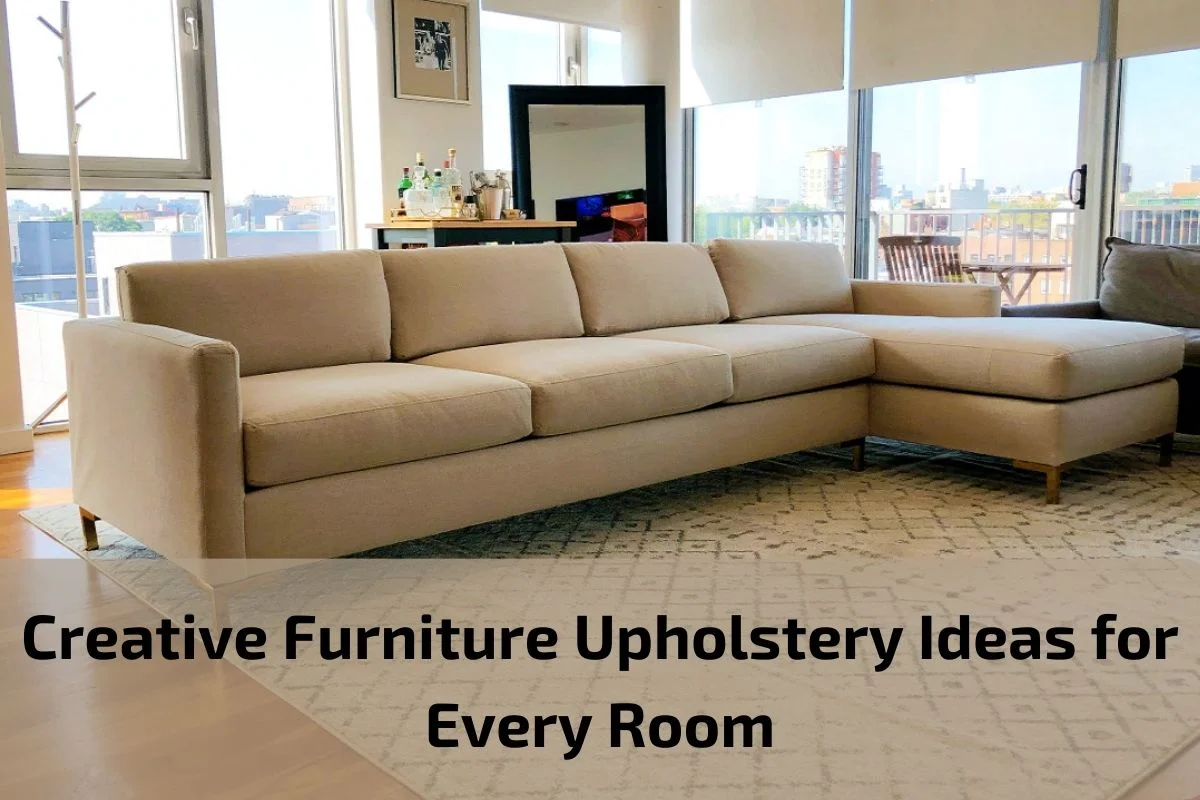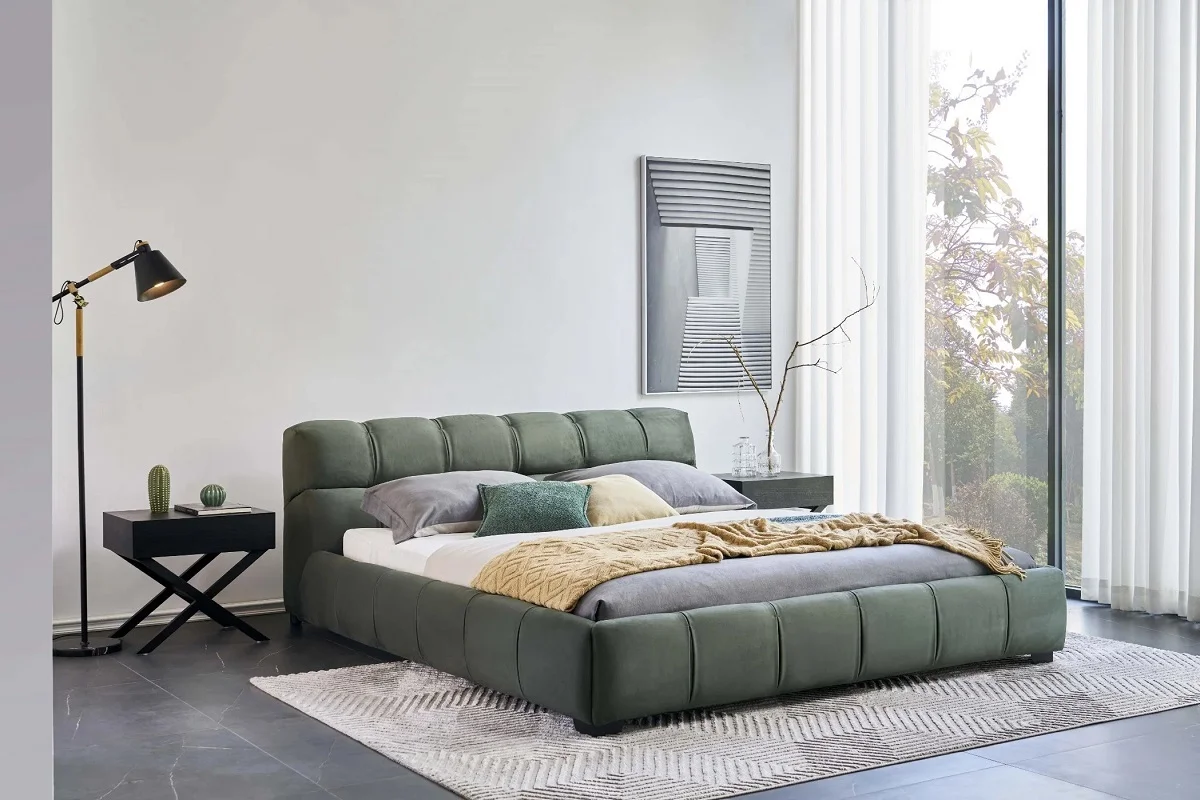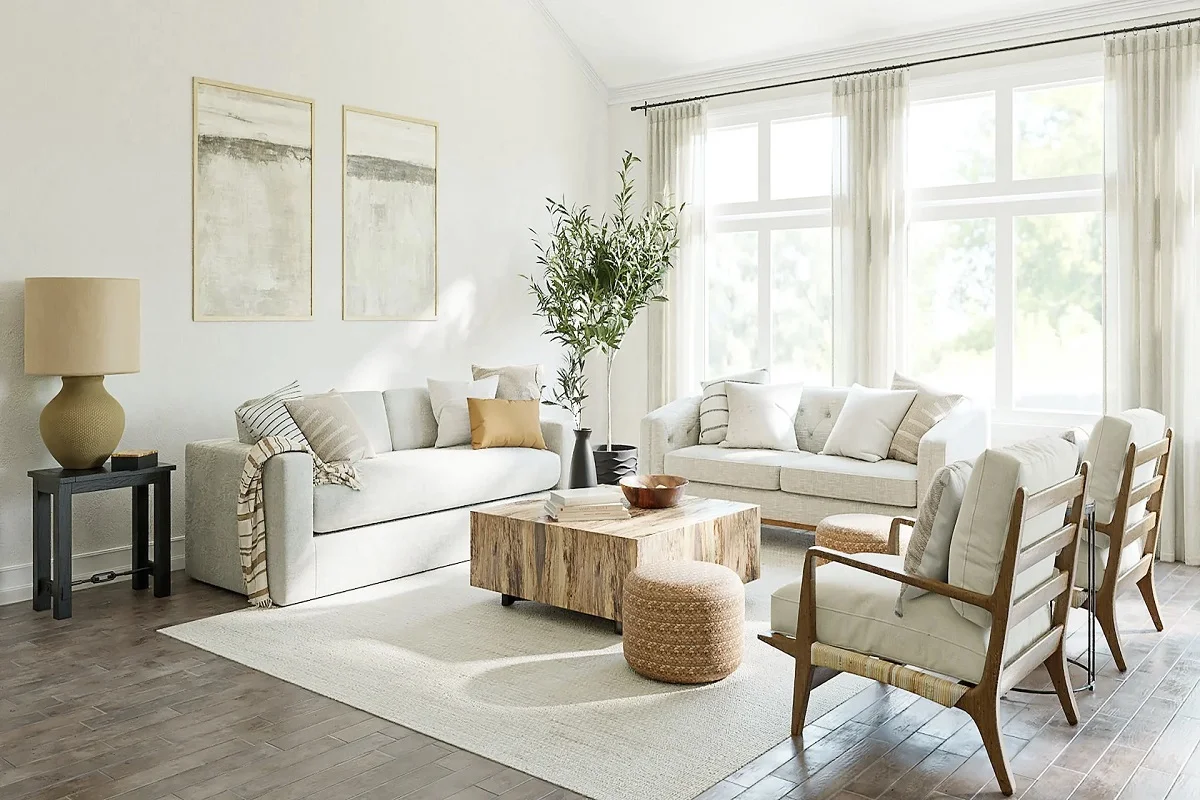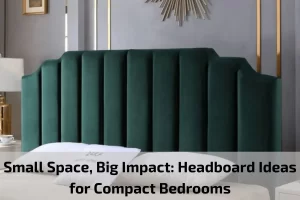Embarking on a journey to transform your living space goes beyond mere aesthetics; it’s an opportunity to infuse your personality and style into every nook and cranny. One of the most impactful ways to achieve this is through creative furniture upholstery. Imagine a canvas where your furniture becomes the brushstroke, and the fabric is the vibrant palette that brings your vision to life.
In this exploration of “Creative Furniture Upholstery Ideas for Every Room,” we delve into the world of possibilities that upholstery offers, transcending the boundaries of conventional design. Whether you’re revamping a cosy corner, a spacious living room, or a bedroom retreat, the right upholstery can breathe new life into your furniture and redefine the ambiance of your entire home.
From bold patterns that make a statement to subtle textures that invite relaxation, each room presents a unique opportunity to express your individuality. Join us on this inspiring journey as we unlock the secrets of creative furniture upholstery, offering insights, tips, and ideas that will empower you to transform your home into a personalised haven of style and comfort. Get ready to reimagine your living spaces and discover the endless possibilities that lie within the artful world of furniture upholstery.
The significance of furniture upholstery
Furniture upholstery holds a significant role in both the aesthetics and functionality of our living spaces, playing a crucial part in the design and comfort of our homes. Here are some key aspects that highlight the significance of furniture upholstery:
Aesthetic Appeal:
- Personalization: Upholstery allows individuals to express their unique style and taste. The choice of fabric, colour, and pattern enables personalization, turning furniture into a reflection of one’s personality and preferences.
- Design Element: Upholstered furniture serves as a fundamental design element in interior décor. It contributes to the overall visual appeal of a space, enhancing its aesthetic charm.
Comfort and Ergonomics:
- Soft Furnishings: Upholstery provides a soft and comfortable surface for seating, making furniture more inviting and conducive to relaxation.
- Support: The padding and cushioning in upholstery contribute to the ergonomic design of furniture, ensuring that it not only looks good but also provides a comfortable and supportive seating experience.
Versatility and Adaptability:
- Adaptation to Trends: Furniture upholstery allows for easy adaptation to evolving design trends. Changing the fabric or pattern can give existing furniture a fresh and contemporary look without the need for complete replacement.
- Versatile Applications: Upholstery is not limited to sofas and chairs; it extends to headboards, ottomans, dining chairs, and more, showcasing its versatility in various furniture pieces.
Protection and Longevity:
- Durability: Upholstery fabrics often serve as a protective layer for furniture, shielding it from wear, stains, and damage. This enhances the longevity of the furniture, making it a practical investment.
- Easy Maintenance: Many upholstery fabrics are designed for easy cleaning and maintenance, ensuring that furniture remains in good condition over time.
Cultural and Historical Significance:
- Craftsmanship: Upholstery has a rich history rooted in craftsmanship. Traditional methods of upholstery have been passed down through generations, contributing to the cultural heritage of furniture design.
- Symbolic Value: Certain upholstered pieces may hold cultural or historical significance, becoming iconic representations of design movements or periods.
Sustainability Considerations:
- Eco-Friendly Options: With the growing emphasis on sustainability, there is an increasing availability of eco-friendly upholstery materials. Choosing sustainable fabrics and practices in upholstery contributes to environmental conservation.
The Basics Points of Furniture Upholstery
The basics of furniture upholstery encompass several fundamental points that form the foundation of this craft. Here are key aspects to consider:
Definition and Purpose:
- Definition: Furniture upholstery refers to the process of covering furniture, such as sofas, chairs, and other seating or resting pieces, with fabric or leather.
- Purpose: Upholstery serves both aesthetic and functional purposes, providing a comfortable and visually appealing surface to furniture.
Components of Upholstered Furniture:
- Frame: The structural foundation of the furniture, usually made of wood or metal, onto which the upholstery is applied.
- Padding: Layers of cushioning material (such as foam, batting, or down) that provide comfort and support.
- Fabric or Leather: The outer covering of the furniture, chosen for its visual appeal, durability, and texture.
Types of Upholstery Fabrics:
- Natural Fabrics: Includes materials like cotton, linen, and wool, known for their breathability and natural feel.
- Synthetic Fabrics: Such as polyester and microfiber, often chosen for durability, stain resistance, and affordability.
- Specialty Fabrics: This category includes materials like velvet, leather, and other blends, offering unique textures and styles.
Upholstery Techniques:
- Traditional Upholstery: Involves handcrafted techniques, such as tying springs and applying webbing, typically done by skilled craftsmen.
- Modern Upholstery: Utilises advanced manufacturing processes, with a focus on efficiency and precision in creating upholstered furniture.
Choosing the Right Upholstery Fabric:
- Considerations: Factors like durability, colorfastness, ease of cleaning, and the desired aesthetic play a crucial role in selecting the appropriate fabric.
- Functionality: The intended use of the furniture, whether in a high-traffic area or a formal living room, influences the choice of fabric.
Tools and Materials:
- Staple Gun: Used to attach fabric to the furniture frame.
- Upholstery Needles and Thread: Essential for hand-stitching and repairing seams.
- Foam or Padding Materials: Provide the cushioning for a comfortable seating experience.
Maintenance and Care:
- Regular Cleaning: Depending on the fabric, regular vacuuming or spot cleaning may be necessary to maintain the appearance of the upholstery.
- Professional Cleaning: Periodic professional cleaning helps extend the life of the upholstery and ensures optimal hygiene.
DIY Upholstery:
- Basic Projects: Beginners can start with simple projects, such as reupholstering a dining chair or creating a cushion cover.
- Safety Measures: Understanding safety precautions, such as using proper tools and following guidelines, is crucial for DIY enthusiasts.
Different Types of Furniture Upholstery
Natural Fabrics:
- Cotton: Breathable and soft, suitable for a casual and comfortable look.
- Linen: Durable, with a textured appearance, often used for a relaxed and natural aesthetic.
- Wool: Luxurious and warm, offering both comfort and a touch of elegance.
Synthetic Fabrics:
- Polyester: Resistant to wrinkles and stains, ideal for high-traffic areas.
- Microfiber: Soft, durable, and easy to clean, making it a practical choice for various furniture pieces.
Specialty Fabrics:
- Velvet: Adds a sense of opulence and luxury, with a soft and plush texture.
- Leather: Timeless and durable, leather upholstery exudes sophistication and is easy to maintain.
- Blends: Combining different materials for unique textures and characteristics, offering a customised look.
Patterns and Prints:
- Stripes: Classic and versatile, suitable for both traditional and modern settings.
- Florals: Adds a touch of romance and freshness, often chosen for accent chairs or decorative pieces.
- Geometric Designs: Modern and contemporary, providing a bold and dynamic look.
Textured Upholstery:
- Chenille: Soft and velvety, offering a cosy and inviting feel.
- Bouclé: Characterised by looped yarns, creating a textured and visually interesting surface.
Performance Fabrics:
- Umbrella: Resistant to fading, stains, and mildew, making it ideal for outdoor furniture.
- Crypto: Stain-resistant and easy to clean, suitable for households with children or pets.
Eco-Friendly Options:
- Organic Cotton: Grown without synthetic pesticides or fertilisers, promoting sustainability.
- Recycled Fabrics: Upholstery materials made from recycled fibres, reducing environmental impact.
Leather Alternatives:
Faux Leather: A synthetic option that mimics the look and feel of real leather, often more affordable.
Vegan Leather: Made from plant-based materials, offering a cruelty-free alternative.
Colour Trends:
- Neutral Tones: Timeless and versatile, neutrals create a classic and adaptable backdrop.
- Bold Colours: Vibrant hues add personality and make a statement in contemporary design.
Weathered and Distressed Upholstery:
- Aged Leather: Showcasing natural wear and patina, giving furniture a vintage and rustic appeal.
- Distressed Fabrics: Mimicking a worn-in look, providing a sense of character and history.
Furniture Upholstery for Every Room
Living Room:
- Statement Sofas: opt for bold colours or patterns to anchor the room.
- Accent Chairs: Introduce personality with unique upholstery styles.
- Coordinated Sets: Create cohesion with matching upholstery on sofas and chairs.
Bedroom:
- Upholstered Headboards: Add a touch of luxury and comfort to the bed.
- Reading Nooks: Create cosy corners with upholstered chairs or chaises.
- Bench Seating: Upholstered benches at the foot of the bed for a stylish touch.
Dining Room:
- Dining Chairs: Experiment with different upholstery fabrics for a mix-and-match look.
- Statement Dining Tables: Coordinate upholstery with the overall dining room aesthetic.
- Comfortable Seating: Ensure upholstered dining chairs prioritise comfort for leisurely meals.
Home Office:
- Task Chairs: Opt for ergonomic designs with comfortable upholstery for long hours.
- Coordinated Office Furniture: Match upholstery colours for a cohesive workspace.
- Functional Comfort: Upholstered seating that balances style and functionality.
Outdoor Spaces:
- Weather-Resistant Upholstery: Choose fabrics like Umbrella for durability.
- Outdoor Sofas and Chairs: Extend comfort and style to the patio or deck.
- Colourful Accents: Bright, weather-resistant upholstery for a lively outdoor setting.
Entryway:
- Upholstered Benches: Combine style with practicality for a welcoming entry.
- Accent Seating: Introduce upholstered stools or chairs for a functional touch.
- Coat Rack Seating: Upholstered seating paired with coat storage for convenience.
Children’s Room
- Stain-Resistant Fabrics: Choose easy-to-clean upholstery for durability.
- Playful Patterns: Incorporate fun and colourful prints for a lively atmosphere.
- Cozy Reading Corners: Use upholstered chairs or bean bags for comfortable reading spaces.
Guest Room:
- Versatile Daybeds: Serve as seating during the day and a comfortable bed at night.
- Neutral Tones: Create a calming and welcoming ambiance with soft upholstery colours.
- Foldable Seating: Consider upholstered ottomans or foldable chairs for flexibility.
Media Room or Home Theater:
- Recliners and Theater Seats: Opt for plush, comfortable upholstery for extended use.
- Acoustic Fabrics: Consider upholstery with sound-absorbing properties for optimal viewing.
Multi-Functional Spaces:
- Convertible Furniture: Upholstered pieces that serve dual purposes for flexibility.
- Neutral Upholstery: Allows for easy adaptation to changing decor and functions.
- Storage Ottomans: Combine seating with practical storage solutions.
Conclusion
In conclusion, furniture upholstery emerges not only as an artful expression of personal style but also as a key player in shaping the functionality and ambiance of our living spaces. As we’ve explored the diverse realms of upholstery, from the choice of fabrics to its application in every room, it becomes evident that this craft is a powerful tool for transforming a house into a home.








